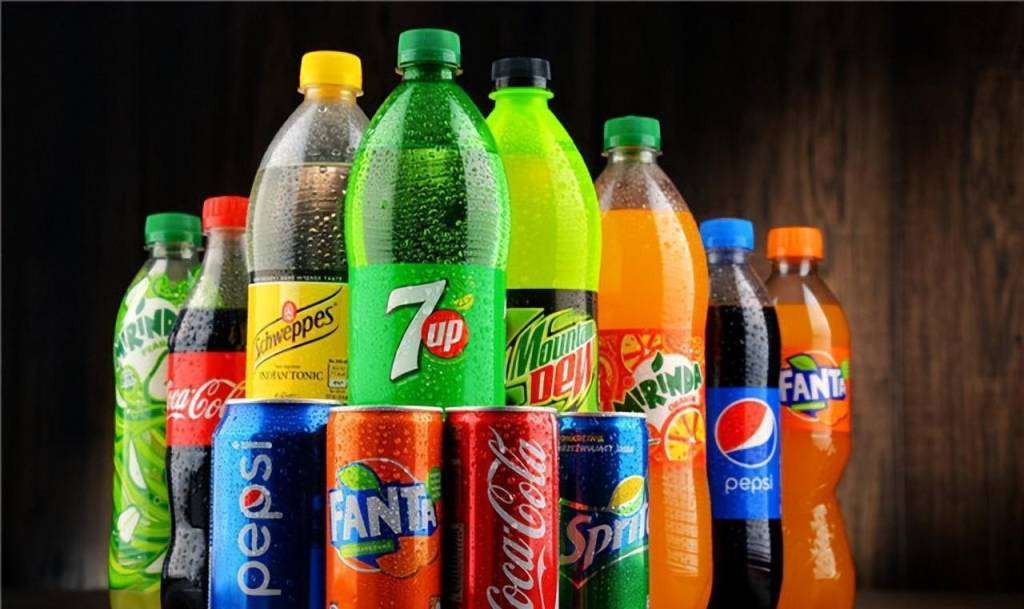How to ship beverages and food products from China to Australia via sea freight? What are Australia's requirements for importing beverages? Our transportation service includes customs clearance, taxes, and door-to-door delivery.
Shipping beverages from China to Australia via sea freight involves adhering to specific packaging and transportation protocols to comply with Australian import requirements. Typically, door-to-door transportation from China to Australia takes around 30 days via sea freight. It’s crucial to consider the shelf life of beverages before shipment to ensure they remain within their expiration date upon arrival, thus avoiding any quality issues or wastage.
Packaging Steps:
- Palletization and Use of Shock Absorbers: Ensuring stability during transportation to prevent damage is paramount. Palletization effectively secures the goods, while shock absorbers minimize damage caused by bumps or pressure during transit.
- English Ingredient Labeling: Providing ingredient labeling in English on the outer packaging is essential to comply with Australian labeling regulations and facilitate smooth customs clearance. Ingredient labeling should be detailed and accurate, including any components that may cause allergic reactions.

Australian Requirements for Imported Beverages include:
- Amendments to the Food Standards Code: Recent revisions to the Australia New Zealand Food Standards Code, including updates to pesticide residue limits in food.
- Changes to Approved Ingredient Lists in Import Compound Product Licenses: Pertaining to products such as collagen, casings, and dairy products.
- Revision of Import Conditions for Specific Products: Including conditions for collagen, natural casings, and cooked products.
- Customs Clearance Requirements: Importers are responsible for obtaining formal customs clearance permits. Necessary documents include completed customs import declarations or informal clearance documents (ICDs), air waybills or bills of lading (BLADs), invoices, and other relevant import documents. Standard beverage information should include invoice terms, seller’s name and address, currency unit mentioned on the invoice, and country of origin.
- Labeling Requirements for Alcoholic Beverages: Beverages with an alcohol content exceeding 0.5% must indicate the alcohol content and standard drinks on the label. Beverages with an alcohol content exceeding 1.15% must include a pregnancy warning label.
- Nutrition Information and Statements: Nutrition information panels (NIPs) may be voluntarily included for alcoholic beverages but must not be claimed as low-alcohol beverages.

“Double Clearance” service means the goods undergo customs clearance in both the originating and destination countries. This typically speeds up the entire transportation process, reduces waiting times at the destination, and ensures transparent pricing with all transportation costs confirmed before shipping, eliminating the need for additional fees during transit.



